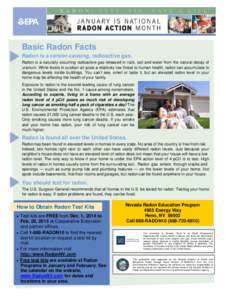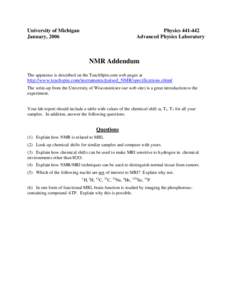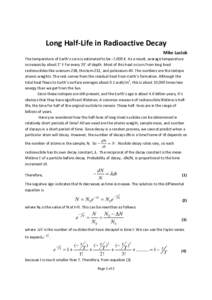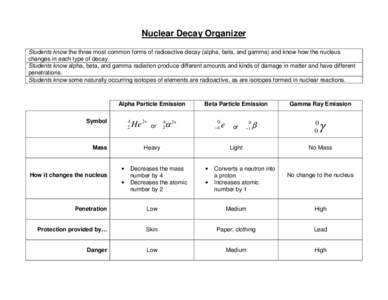<--- Back to Details
| First Page | Document Content | |
|---|---|---|
 Date: 2009-02-06 16:23:02Statistical tests Design of experiments Statistical hypothesis testing Radioactive decay Null hypothesis Alternative hypothesis Statistical significance F-test P-value Statistics Hypothesis testing Statistical inference |
Add to Reading List |
 Microsoft Word[removed]se guidance.doc
Microsoft Word[removed]se guidance.doc



